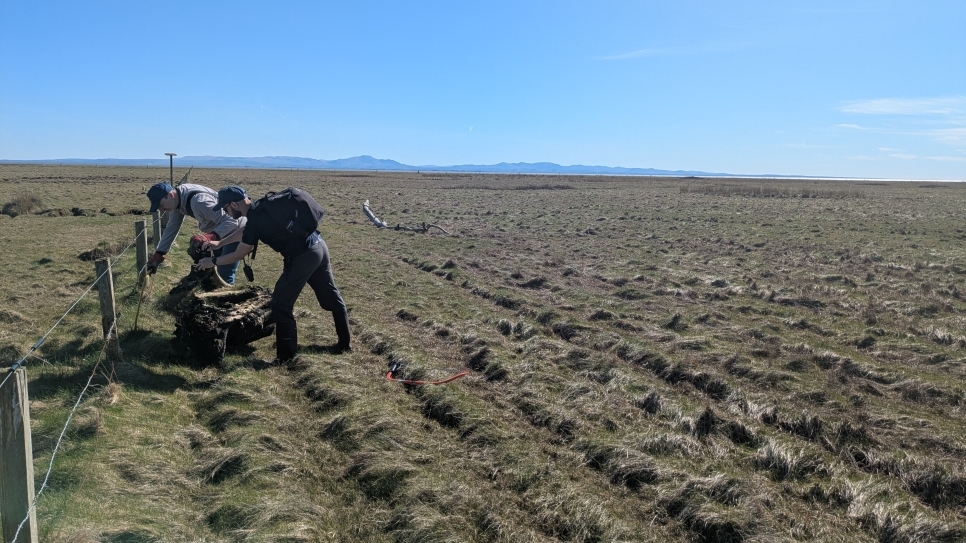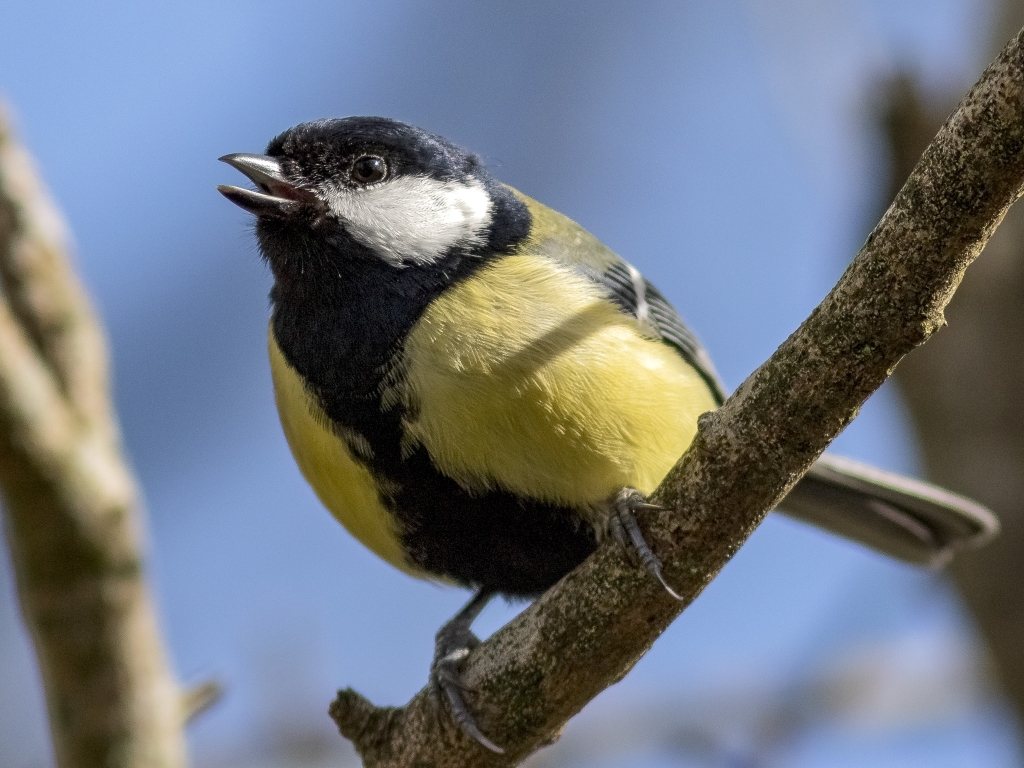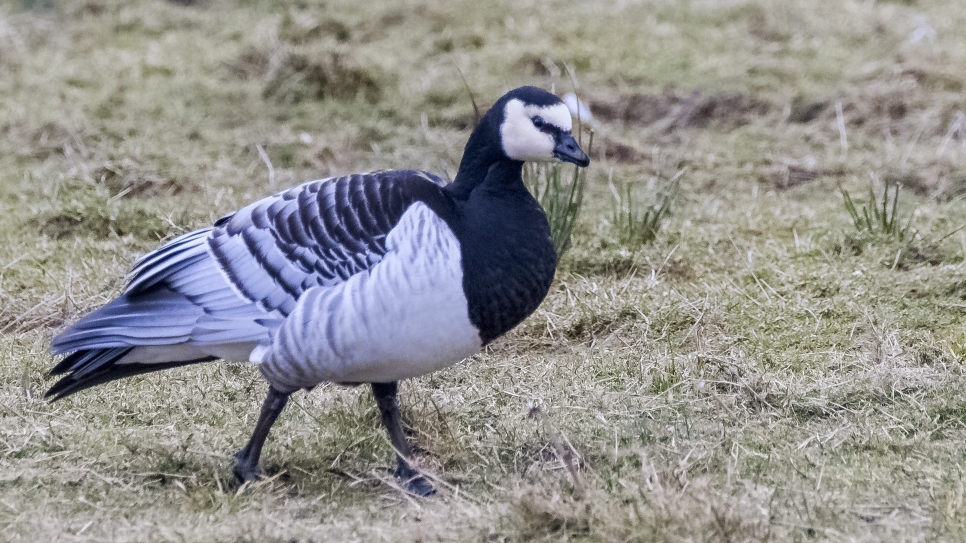Observations from the Big Hideout
Excitedly I grab some old binoculars after hearing that we have a certain visitor to our Whooper pond.
Although they delight our team and visitors from time to time, I am yet to see one.
It is with glee that upon hurriedly reaching the observatory, I am greeted with a glimpse of an otter.
As quickly as I've had a sighting, it dives, on the hunt for its breakfast.
There's a bit of guesswork as to where it may emerge and given their prowess underwater, they can cover a large area on each dive.
I notice the swans are giving a wide berth and most have cautiously flocked to the embankment.
Up pops it's head as it resurfaces, with something in its mouth, swimming to shore to devour its catch before going back for more.
We then notice another larger otter slinking into the pond. Both seem successful on their missions and time passes swiftly as we watch.
After a while, they come out and spend some moments drying off and grooming their fur. It seems their appetites are temporarily sated and they head off over the bank.
This has been a real treat to watch, and the following morning, one returns, this time staying until midday which allows quite a few visitors to share the delight of seeing it.
I am fortunate that since it is half term, I have had more time than usual in our Peter Scott Observatory, which has been the main location for the hideout event.
We've enjoyed some good sightings whilst stationed here over the week, including greater scaup, often to be found snoozing on the embankment, but also among a few tufted ducks. They can be differentiated from this similar looking duck as they lack the tuft on the head and the male has a pale grey, rather than black back.
We also watched a female hen harrier quartering over the meadow beyond the pond. Large flocks of barnacle geese could be seen and heard occasionally lifting up from and landing in the New field. An ensemble of around twenty yellowhammer have also been darting to and fro between the hedgerow at the Avenue & Saltcot loaning junction, to get some of the barley put out for the swan feed.
These highlights show how much can be seen from just one of our observatories within a small snapshot of a day, and gives something to look forward to each time, wondering what we will see next.



